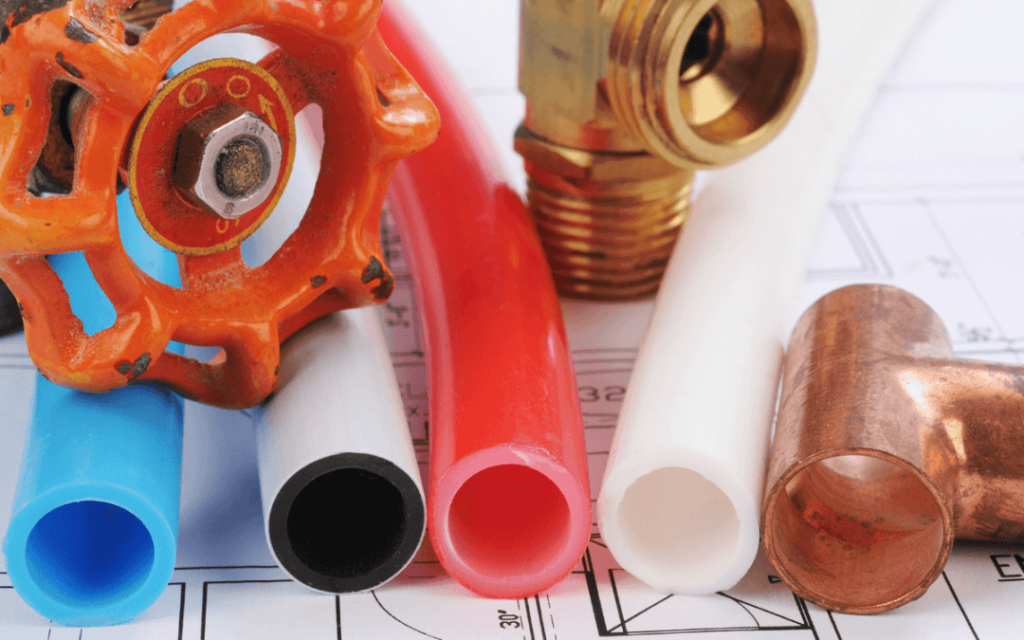KITEC plumbing was once considered the gold standard in the production of pipes for both residential and commercial infrastructures. Introduced in 1995 by IPEX Inc, KITEC piping system was widely acclaimed for its cost-effectiveness and easy installation. However, over time, residences and commercial establishments started experiencing manifold issues with KITEC plumbing. This led to the eventual recall of KITEC pipes because it became clear that these pipes were detrimental in the long run. Therefore, it’s become crucial to understand why it’s necessary to replace KITEC pipes.
To begin with, KITEC pipes have shown an inevitable tendency to corrode over time. This corrosion doesn’t happen immediately but becomes significantly noticeable in about a decade after installation. One of the causes of corrosion is the contact of brass fittings with the water, which leads to zinc leaching. This reaction results in subsequent corrosion and eventually leads to the premature failure of the pipes.
In addition to corrosion, another reason for KITEC pipe replacement are known to burst and cause considerable water damage. These pipes cannot withstand high water pressures and temperatures over long periods – a factor the manufacturers initially overlooked. Plumbing systems made from KITEC pipes and fittings have a high susceptibility to burst during usage with high-temperature domestic water and radiant heating systems, leading to unanticipated leaks and flooding.
The existence of KITEC pipes can also potentially impact the value of a property negatively. Home buyers and inspectors, fully aware of the liabilities associated with KITEC pipes, often insist on their replacement as a condition for purchasing the property. The cost of replacing the entire plumbing system can be significant, and prospective buyers may demand price reductions or completely pull out of a deal.
Moreover, KITEC pipes and fittings are no longer being manufactured, and, as a result, there are no proper replacement parts available. This means that in case a single section fails, the entire plumbing system might need to be replaced, making it a costly and time-consuming endeavour.
Even worse, the unavailability of the extra parts means that the most minor issues will necessitate major repairs and replacements, which can be financially draining for homeowners. In essence, the limited availability of these spare parts means that a slight problem quickly escalates into a more significant, costly issue.
Additionally, owing to their inherent flaws, KITEC pipes have become a leading cause of an increment in insurance premiums. In fact, many insurance companies refuse to insure properties with KITEC plumbing, or increase their premiums significantly due to the high risk of water damage associated with these pipes. In terms of cost-effectiveness, replacing KITEC pipes is worthwhile to avoid dealing with surged insurance costs.
Finally, another big reason to replacement of KITEC pipes is to evade the paramount disaster resulting from their failure. A leak or burst pipe can significantly damage your home, contribute to mold development, weaken structural components, and destroy valuable possessions.
Given that the risks associated with KITEC pipes outweigh the benefits, property owners are strongly advised to replace the existing KITEC plumbing with safer, more reliable alternatives. While it may seem like a major upfront expense, replacing KITEC pipes will inevitably prove to be a more practical and financially safer choice in the long run. Consequently, ensuring peace of mind and preserving the structural integrity of your home.
Opting for the replacement of KITEC pipes is a necessity. Although KITEC plumbing was once considered a triumph of modern engineering, the subsequent consequences proved otherwise. High susceptibility to corrosion, undesirable effect on property value, inaccessibility of replacement parts, and severe insurance implications highlight the pressing need for the replacement of KITEC pipes.






